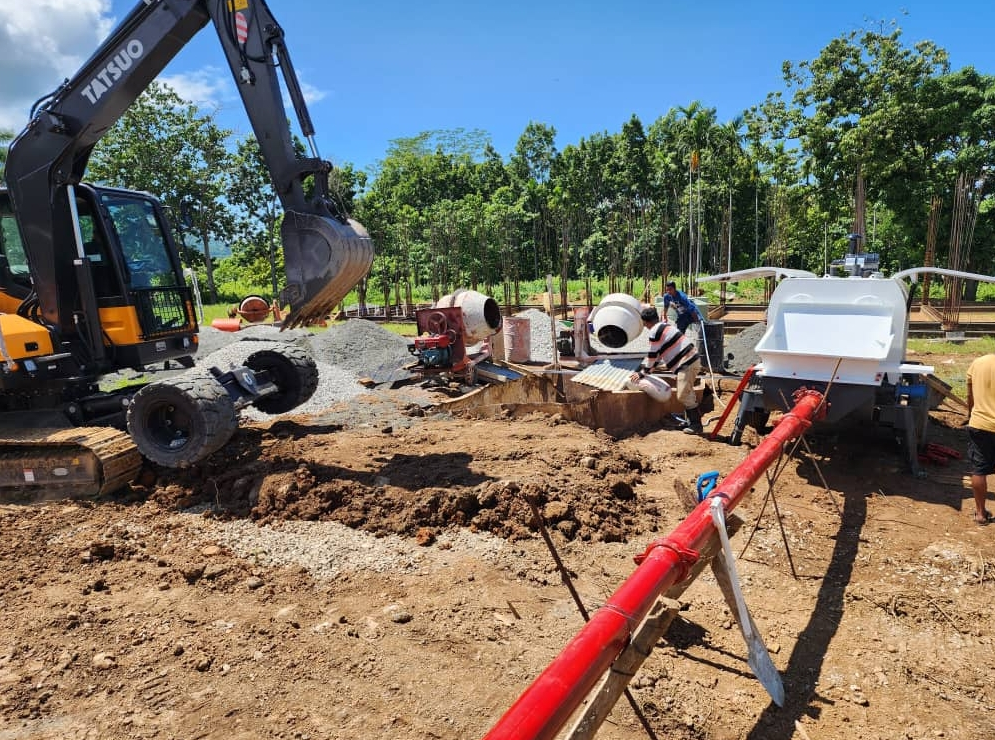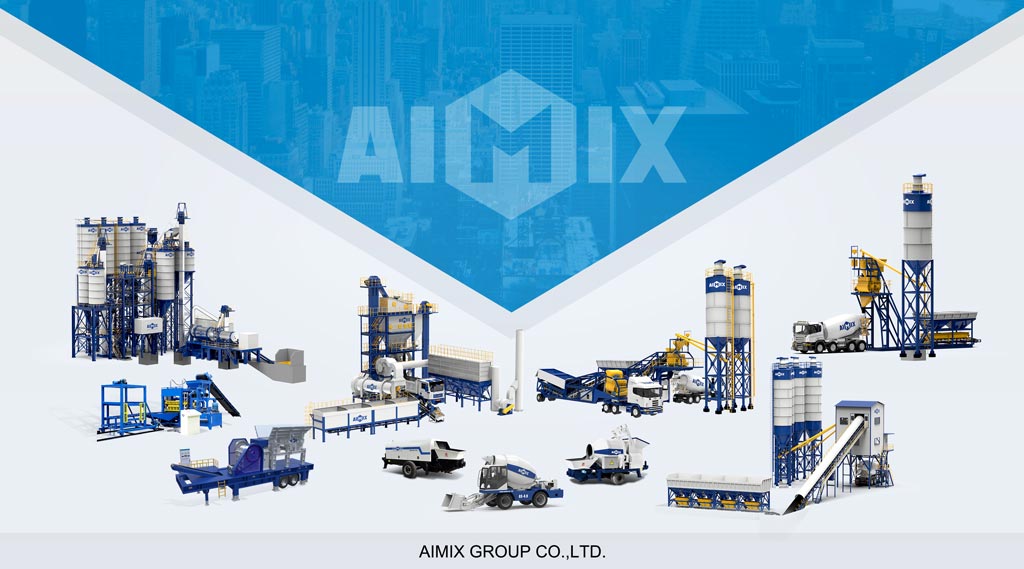The construction industry’s relentless pursuit of efficiency has elevated stationary concrete pumps from mere equipment to strategic profit centers. These workhorses of modern construction sites offer more than just concrete placement—they represent a calculated investment with measurable financial returns. While the upfront costs may give pause to some contractors, those who understand the nuanced economics of these machines discover they often pay for themselves within surprisingly short timeframes. The true value proposition becomes clear when examining three critical dimensions of return on investment.
Operational Efficiency: The Hidden Profit Driver
Stationary concrete pumps transform the economics of concrete placement through their unparalleled operational efficiency. A single pump can replace multiple concrete buggies and their accompanying operators, slashing labor costs by as much as 40% on mid-sized projects. The continuous flow capability eliminates the start-stop inefficiencies of traditional methods, allowing crews to place concrete up to 30% faster.

These time savings compound dramatically on projects with complex formwork or restricted access areas. The precision placement capability reduces material waste—a crucial factor when working with high-performance mixes that can cost upwards of $200 per cubic yard. One highway overpass project documented a 12% reduction in concrete waste after switching to stationary pumping, translating to nearly $80,000 in material savings alone.
Longevity and Reduced Maintenance Costs
The durability calculus of stationary pumps reveals another layer of financial advantage. Unlike mobile concrete pumps that suffer from vibration-induced wear, stationary units benefit from stable mounting that extends component life. High-quality models routinely deliver 10,000+ hours of service before requiring major overhaul—nearly double the lifespan of comparable mobile units in similar applications.
Maintenance costs follow similarly favorable patterns. Stationary installations allow for proper equipment shelters and easy access for servicing, reducing downtime. The fixed piping systems experience less wear than flexible hose arrangements, with some projects reporting 60% lower replacement costs over five years. These factors combine to create a total cost of ownership that often undercuts alternative concrete placement methods by year three of operation.

Versatility as a Revenue Multiplier
The true profit potential emerges when examining a stationary pump’s ability to diversify revenue streams. Beyond their primary function, these units can become profit centers through creative utilization. Off-hours availability makes them ideal for rental to neighboring contractors, with many owners recouping 15-20% of their initial investment through such arrangements in the first year alone.
Their value extends to bidding advantages as well. Contractors with dedicated pumping capacity can bid more aggressively on projects requiring continuous pours or specialized placements. This equipment ownership frequently becomes the deciding factor in winning contracts for complex structures like tilt-up warehouses or architectural concrete features. Several construction firms have leveraged their trailer concrete pump capabilities to move into premium market segments with higher profit margins.
The financial case for stationary concrete pumps ultimately rests on viewing them not as expenses, but as productivity multipliers. When factoring in labor savings, material efficiency, longevity benefits, and revenue opportunities, the payback period frequently falls between 18-30 months—an enviable return in the equipment-intensive world of construction. The most successful operators treat these pumps not just as tools, but as strategic assets that actively contribute to their bottom line through multiple channels of value creation.


Comments
No comments yet. Be the first to react!